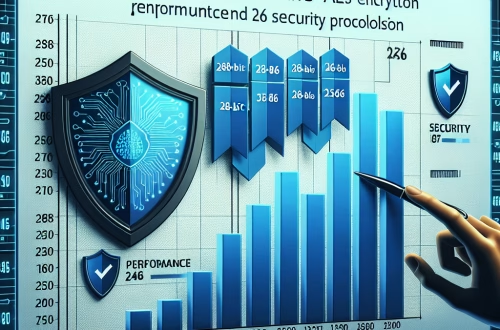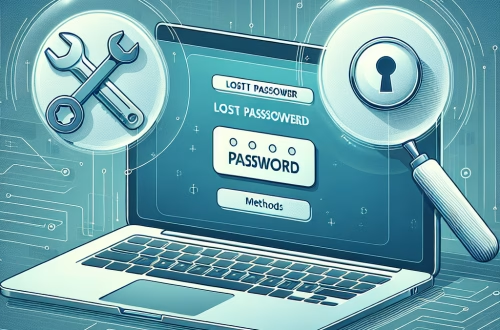bitlocker go Explained
BitLocker Go is a feature within Microsoft’s BitLocker Drive Encryption that allows users to encrypt removable drives, such as USB flash drives or external hard drives. Unlike BitLocker for fixed drives, BitLocker Go is specifically designed for portable storage devices, ensuring data security even when the drive is used on different systems. It uses AES encryption to protect data and requires a password or smart card for access. Common scenarios for using BitLocker Go include securing sensitive data on external drives or ensuring compliance with data protection policies.
What This Means for You
- Immediate Impact: If you enable BitLocker Go on a removable drive, you will need to enter a password or use a smart card to access the data. Failure to provide the correct credentials will render the drive inaccessible.
- Data Accessibility & Security: BitLocker Go ensures that your data remains secure even if the drive is lost or stolen. However, forgetting the password or losing the smart card can result in permanent data loss. Always back up your recovery key using the
manage-bdecommand or store it in a secure location. - System Functionality & Recovery: If you encounter issues with BitLocker Go, such as being unable to unlock the drive, you may need to use the recovery key or troubleshoot the encryption settings. This can involve using the BitLocker Recovery Console or accessing advanced recovery options in Windows.
- Future Outlook & Prevention Warning: Regularly updating your BitLocker Go settings and ensuring you have a secure backup of your recovery key can prevent future access issues. Ignoring these steps can lead to unexpected data loss or compliance violations.
bitlocker go Solutions
Solution 1: Using the Recovery Key
If you are unable to unlock a BitLocker Go-encrypted drive, the recovery key is your primary solution. Here’s how to use it:
- Insert the encrypted drive into your computer.
- When prompted for a password, select “More Options” and then “Enter Recovery Key.”
- Input the 48-digit recovery key. Ensure you enter it correctly, as mistakes can lead to further lockouts.
- If successful, the drive will unlock, and you can access your data.
Note: If you don’t have the recovery key, you may need to retrieve it from your Microsoft account, a USB drive, or a printed copy.
Solution 2: Resetting the Password
If you’ve forgotten the password for your BitLocker Go-encrypted drive, you can reset it using the following steps:
- Open the Command Prompt as an administrator.
- Use the
manage-bde -unlockcommand to unlock the drive temporarily. For example:manage-bde -unlock E: -RecoveryKey YourRecoveryKey. - Once unlocked, use the
manage-bde -changepasswordcommand to set a new password. For example:manage-bde -changepassword E:. - Follow the on-screen instructions to complete the process.
Solution 3: Advanced Troubleshooting with Command Prompt
For more complex issues, such as corrupted encryption metadata, you can use the Command Prompt to troubleshoot:
- Boot into the Windows Recovery Environment (WinRE) by restarting your computer and pressing F8 or using a recovery drive.
- Open the Command Prompt from the advanced options menu.
- Use the
manage-bdecommand to check the status of the drive. For example:manage-bde -status E:. - If necessary, use the
repair-bdecommand to attempt data recovery. For example:repair-bde E: C:\Recovery -RecoveryKey YourRecoveryKey.
Solution 4: Data Recovery Options
If all else fails, you may need to consider specialized data recovery services. These services can attempt to recover data from a BitLocker Go-encrypted drive, but success is not guaranteed. Always ensure you have a backup of your recovery key and data to avoid such scenarios.
Related Topics
- BitLocker Recovery Key Management
- TPM (Trusted Platform Module) and BitLocker
- Advanced BitLocker Troubleshooting Techniques
Other Resources
For more detailed information, refer to the official Microsoft documentation on BitLocker Drive Encryption and the manage-bde command.
How to Protect Against bitlocker go
- Regularly back up your BitLocker recovery key to multiple secure locations, such as a Microsoft account, a USB drive, and a printed copy.
- Use strong, memorable passwords for BitLocker Go-encrypted drives to reduce the risk of forgetting them.
- Enable automatic unlocking for BitLocker Go drives on trusted systems to streamline access.
- Keep your Windows operating system and BitLocker software up to date to avoid compatibility issues.
- Test your recovery key periodically to ensure it works as expected.
Related Key Terms
- BitLocker recovery key not working
- TPM error BitLocker
- BitLocker drive encryption stuck
- manage-bde command prompt
- BitLocker automatic unlock issue
- Windows 10 BitLocker fix
*Featured image sourced by Pixabay.com




